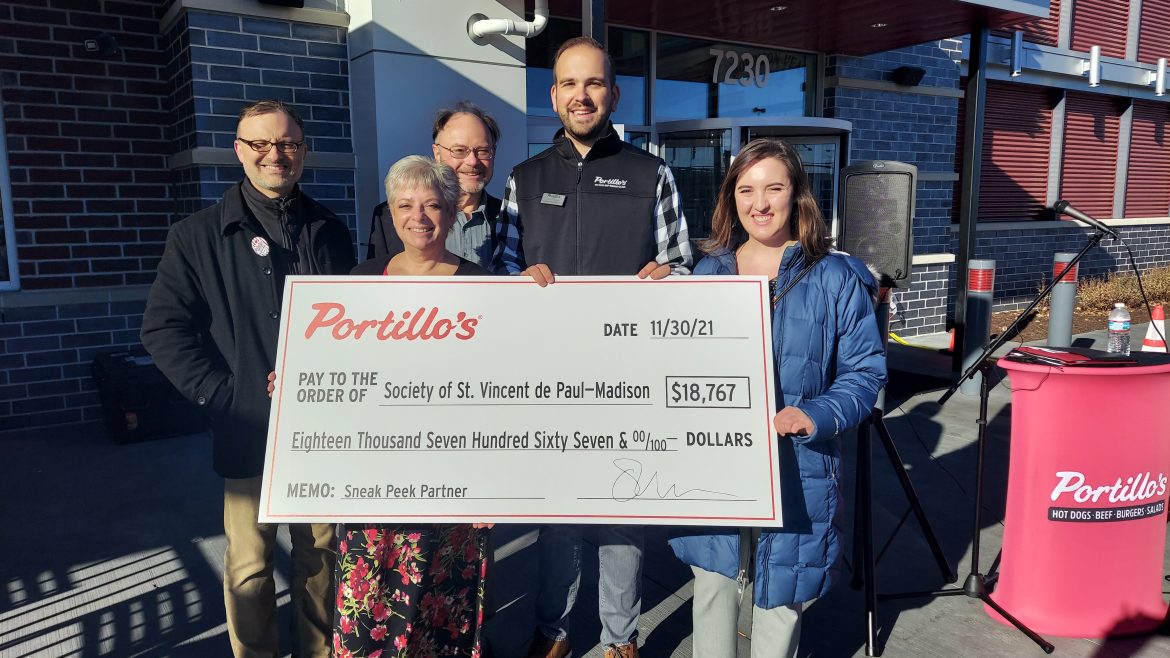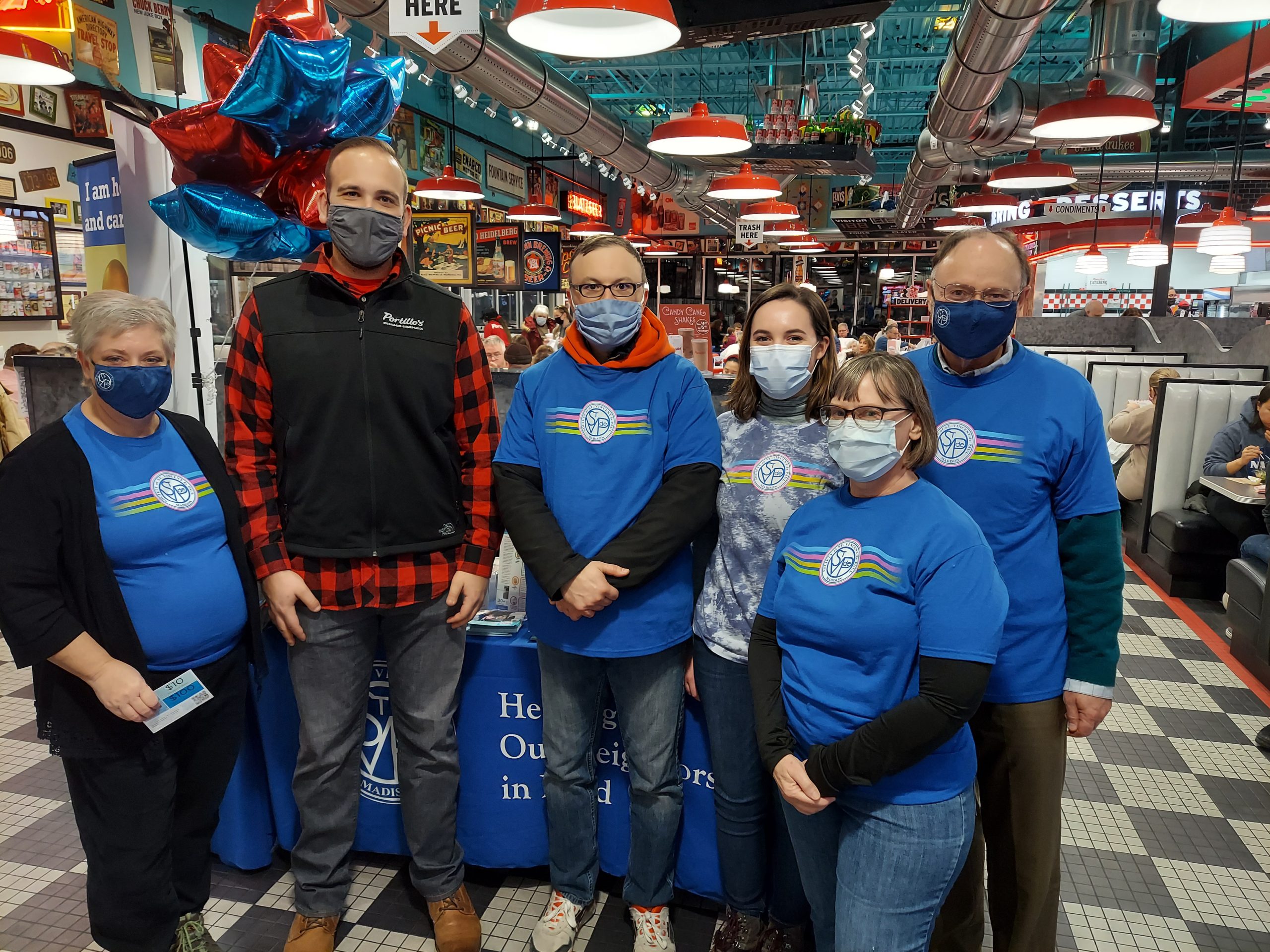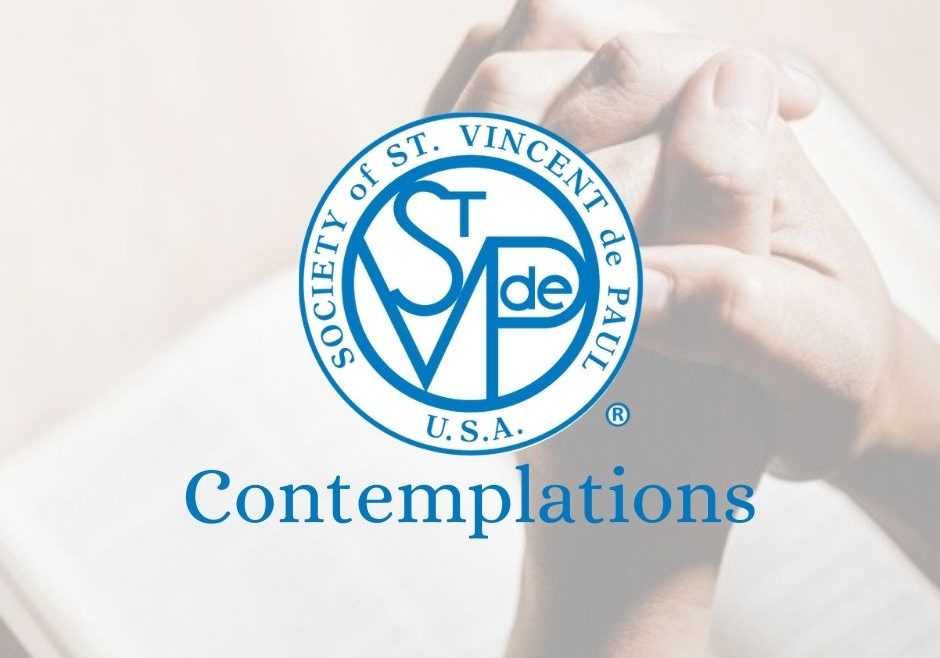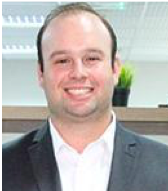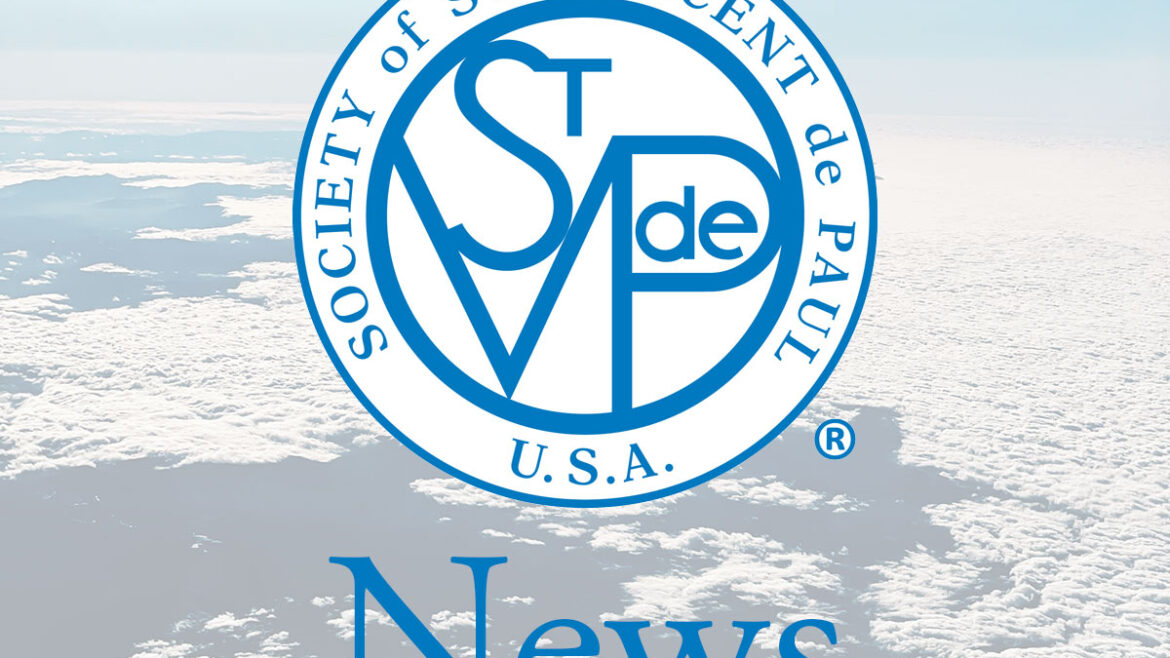As we wrap up the calendar year, Vincentians are focused on the usual food pantries, plus food and gift distributions over the holiday period. I imagine that half a million turkeys alone will be distributed by our members this month. No, we won’t capture this data in the annual reports!
While some of the charity mechanics remain as they have in the past, we have several pandemic-required innovations in place that differ according to your state, county, or city. These make us pause and think as well of how different almost everything was in 2021, and ask what next year will hold for us as Americans, Catholics, and Vincentians.
When we evaluate, most of us think first of all the negatives. We lost family and friends to COVID. The resulting economy is uncertain right now. The Church has its own crises. Religious freedoms, and some of the Catholic causes we care so much about, are under attack in both the legislative and public forums. That’s not the entire list, and you probably have a few items to add from your own experiences.
In our work for the nation’s families in need, we feel the pain when the prices of automobile gasoline, home heating, and food rise due to inflation, supply chain issues, and other rationales. Most of us see the costs of our grocery bill rise, complain a bit and then go on with our day. For someone in poverty, that increase is a sharper pain that affects their sustainability. A dollar more a gallon for gas over the past year is an unstated, regressive tax on the poor. General inflation hurts everyone’s ability to get ahead, but it hurts poor families more severely.
All of this points us as Vincentians back to the long term promise of systemic change. We can pay rent bills just as we hand out turkeys for Christmas. The rent is due again next month, and the family will be hungry again when the last bowl of turkey soup is eaten. The poverty not-so-merry-go-round continues, and it takes extra effort to get off – for the poor and for us servants to them, too.
Many of our Society Conferences and Councils had a good financial year in 2021. This gives us a stronger opportunity to re-think our activities and strategies for the year ahead. If we develop financial literacy education, trade skills job training and placement, alternatives to predatory lending, and our other systemic change tools, the people we serve won’t need to be dependent next year on holiday handouts. They will be better able to provide for themselves, creating a better holiday for all of us. Really, wouldn’t that be the best possible Thanksgiving and Christmas, to know that more families don’t need the Society of St. Vincent de Paul or the local government to provide for them?
In January we start new diets, new exercise programs, and other new annual goals for ourselves. Let’s take time in our first Conference meetings to take just as hard a look at ourselves as Vincentians, our programs, finances, and most importantly our goals for the people we served this holiday season. Yes, the outside world will have its challenges as it does in every year. What can we do differently to make life better than it is right now for those we just served over the holidays? More of the same, or perhaps some completely different actions?
Holiday charity is good and Vincentian. Reducing the need for it is so Vincentian too, isn’t it?
May you have a blessed Christmas Season and an inspired New Year!
Yours in Christ,
Dave Barringer
CEO
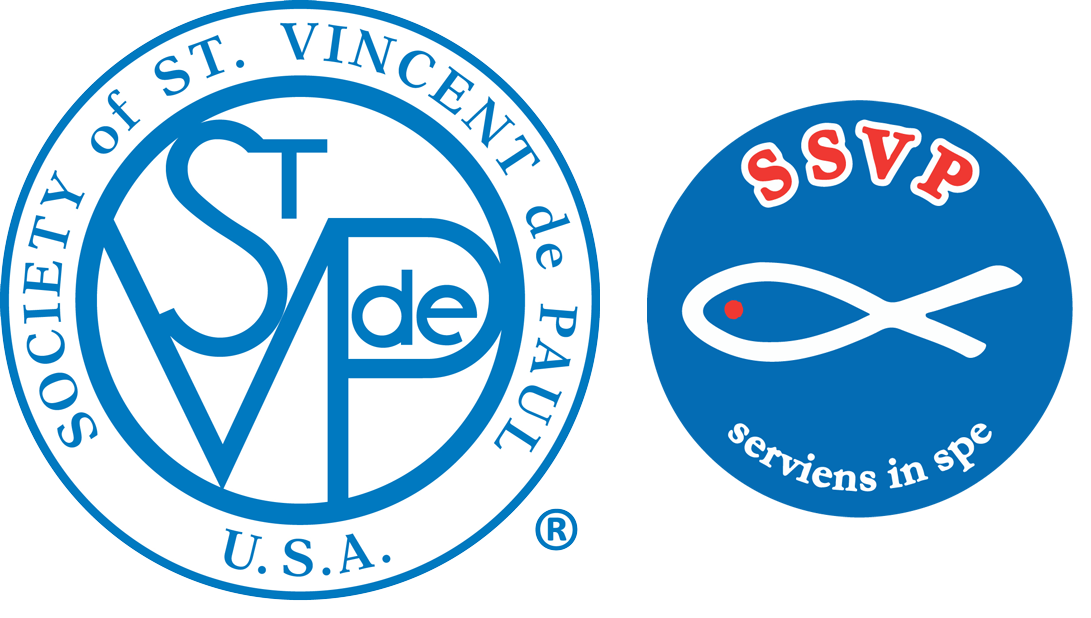
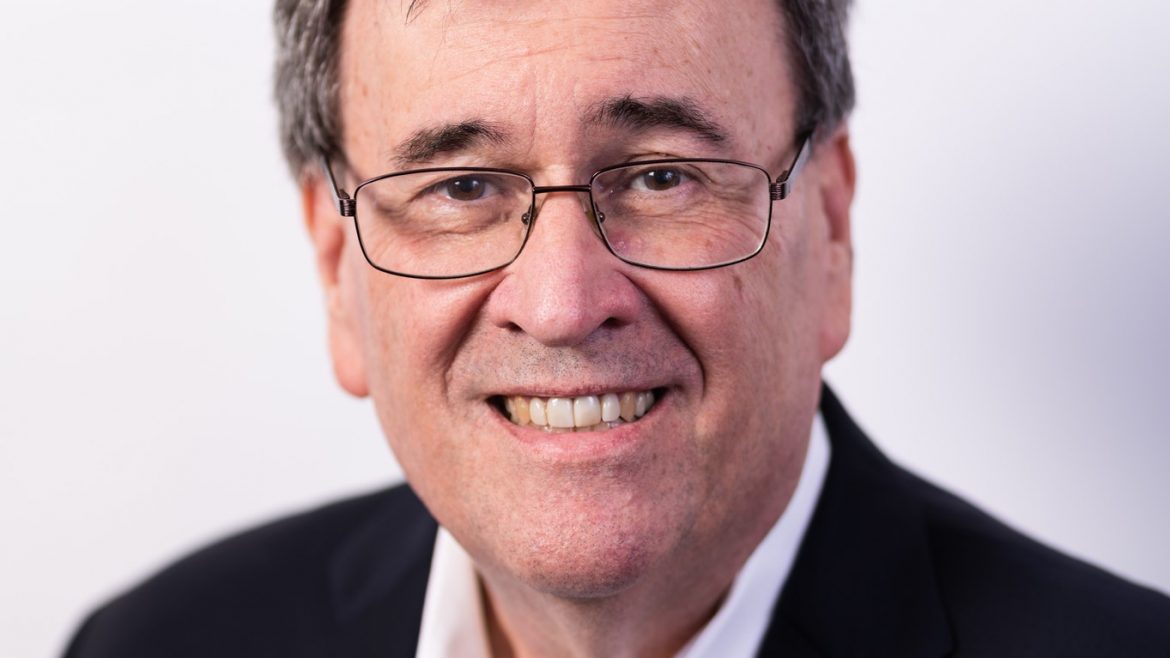
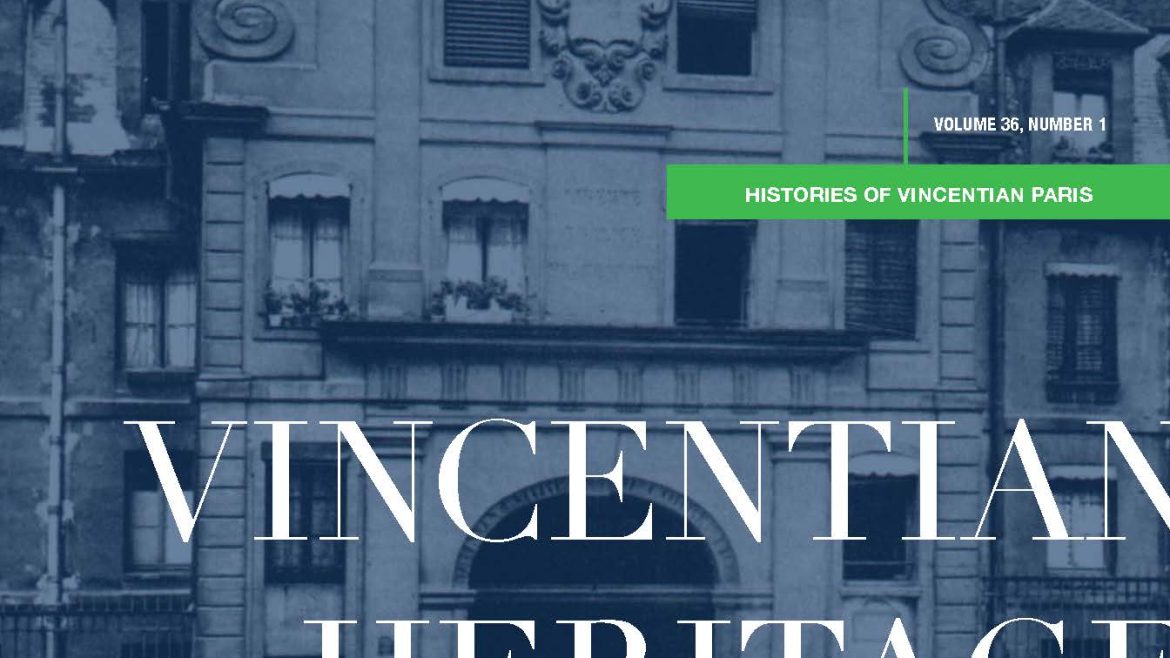
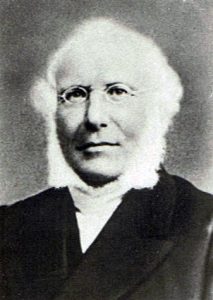 As a young law student at the Sorbonne, François Lallier noticed another student speaking out boldly in class, defending the Church against attacks on it by professors and fellow students. After class one day, he saw this young man outside, at the center of a group who were listening to him intently. Lallier took this opportunity to introduce himself to Frédéric Ozanam, and that, to paraphrase the closing line of Casablanca, was the start of a beautiful friendship.
As a young law student at the Sorbonne, François Lallier noticed another student speaking out boldly in class, defending the Church against attacks on it by professors and fellow students. After class one day, he saw this young man outside, at the center of a group who were listening to him intently. Lallier took this opportunity to introduce himself to Frédéric Ozanam, and that, to paraphrase the closing line of Casablanca, was the start of a beautiful friendship.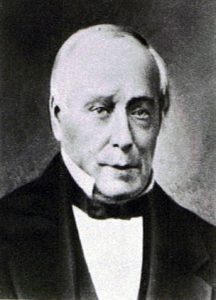 In the Ozanam Orientation, we learn that of the seven founders of the Society, there were six college students and one “older gentleman.” In 1833, Emmanuel Bailly was 39 years old.
In the Ozanam Orientation, we learn that of the seven founders of the Society, there were six college students and one “older gentleman.” In 1833, Emmanuel Bailly was 39 years old.